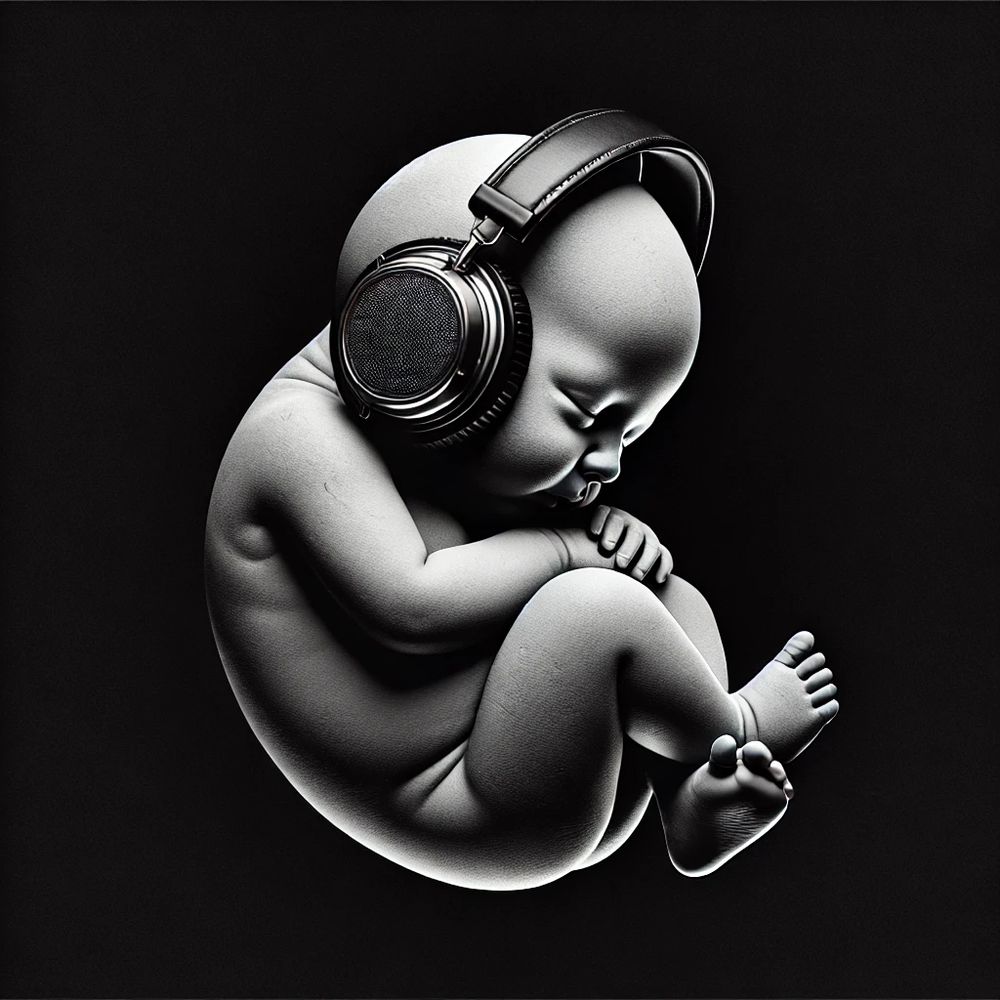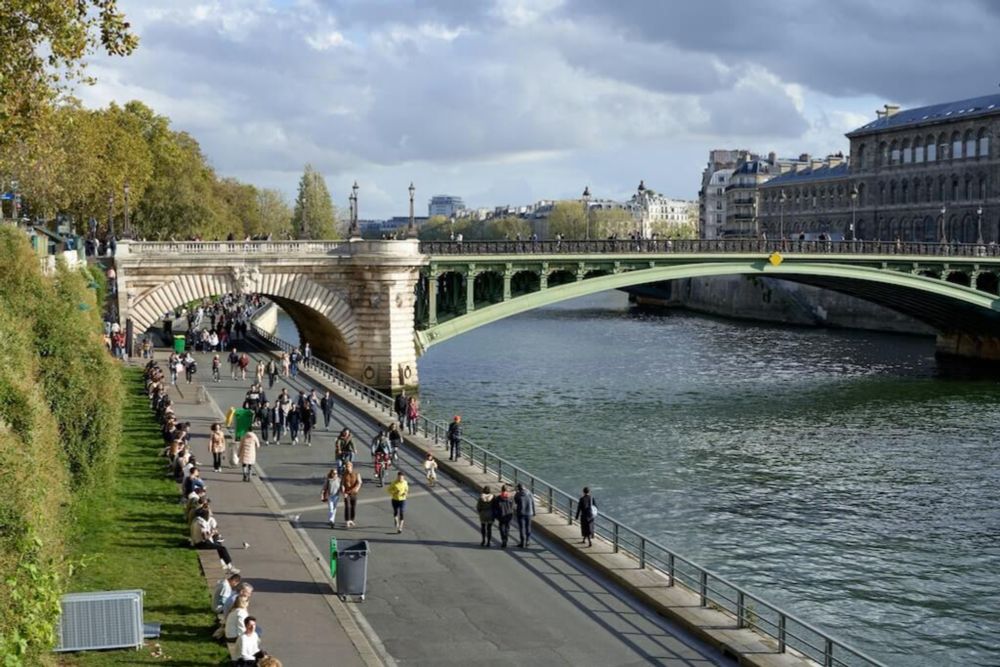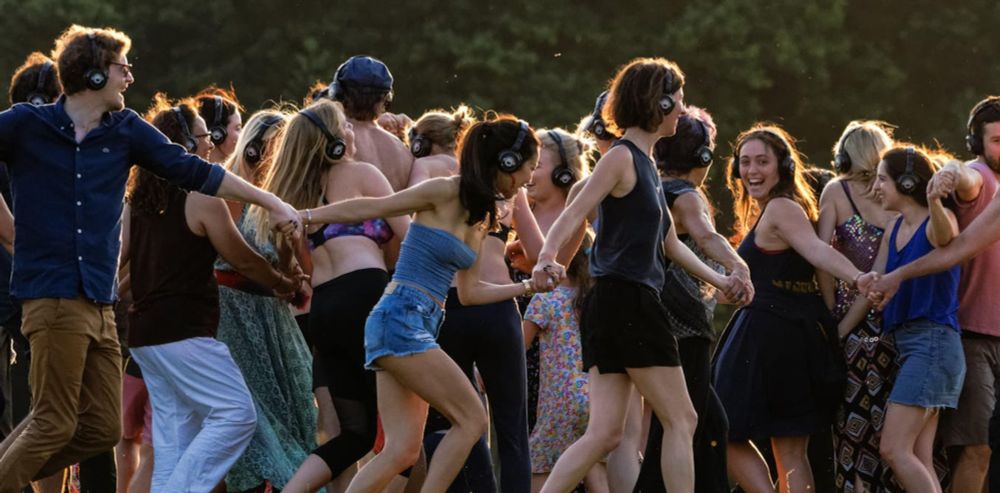Our lab is looking for a postdoc!
Multi-Brain Stimulation, Social Interaction, and a lot of other cool stuff! :)
Please share!
17.10.2025 13:20 — 👍 1 🔁 1 💬 0 📌 0
inspired by all the brilliant work from auditory visual processing and groups from @cnspworkshop.bsky.social
22.05.2025 11:28 — 👍 2 🔁 2 💬 0 📌 0
This thread is also a perfect time to share this recent spot-on piece by @escross.bsky.social — and I'm grateful to see our dancing brain featured! Couldn’t agree more: thrilled to see dance stepping into the neuroscience spotlight!
More to come…!
22.05.2025 11:24 — 👍 3 🔁 0 💬 0 📌 0
my dear co-partners in crime: @robertabianco.bsky.social, @saraabalde, @trinhnguyen.bsky.social and @giacomonovembre.bsky.social :)
22.05.2025 10:30 — 👍 3 🔁 0 💬 1 📌 0
These findings show how computational neuroscience can reveal the brain mechanisms behind real-world movement and social behavior — helping us understand how the brain supports dynamic, interactive moments.
22.05.2025 10:30 — 👍 0 🔁 0 💬 2 📌 0
This brain result echoes our earlier behavioral finding: that bounce might play a key role in how we naturally sync up with others when we dance!
(see our Current Biology paper: www.cell.com/current-biol...
22.05.2025 10:30 — 👍 0 🔁 0 💬 1 📌 0

Finally, we found one dance move that stands out: vertical bounce!
Using PCA, we found that bounce explains over 80% of the brain responses tied to both moving and watching a partner. This is noteworthy as bounce was explaining even less than 1% of the kinematic variance!
22.05.2025 10:30 — 👍 0 🔁 0 💬 1 📌 0

We also uncovered a new brain signal for social coordination! 🧠👯
This signal tracks how well dancers move in sync, beyond just reacting to your own or your partner’s movements. It shows up when partners make eye contact, comes from visual areas, and is driven by watching (not initiating) movement.
22.05.2025 10:30 — 👍 0 🔁 0 💬 1 📌 0


We linked the mTRF results to well-known brain signals using classic ERP analysis. The first three processes reflect known ERPs:
(I) frontotemporal P50-N100-P200 for sound,
(II) central-lateralized motor potentials for movement initiation, and
(III) occipital N170 for movement observation.
22.05.2025 10:30 — 👍 1 🔁 0 💬 1 📌 0

mTRFs teased apart four key processes:
(I) auditory tracking of music,
(II) control of self-generated movements,
(III) visual monitoring of partner movements, and
(IV) visual tracking of social coordination accuracy.
Importantly, these are all independent of eye, face and neck muscle activity!
22.05.2025 10:30 — 👍 0 🔁 0 💬 1 📌 0

We recorded EEG, 3D full-body kinematics, EOG, and EMG signals from 80 participants freely dancing in pairs to music. Then we used advanced denoising techniques and multivariate temporal response functions (mTRFs) to to tease apart neural signals related to music, movement, and social partners.
22.05.2025 10:30 — 👍 0 🔁 0 💬 1 📌 0
EEG of the Dancing Brain - new paper out! 🧠🕺
Thrilled to share our latest work on disentangling the neural basis of real-time social dance!!
www.jneurosci.org/content/45/2...
A full @giacomonovembre.bsky.social NPA Lab production 🎬
#dance #socialinteraction #hyperscanning #motioncapture
22.05.2025 10:30 — 👍 27 🔁 9 💬 3 📌 1

Here it is our new preprint on neural encoding of musical expectations in newborns!
in collaboration with B. Toth & I. Winkler's hungrain team and @giacomonovembre.bsky.social 's NPAlab
check it out 👇
www.biorxiv.org/content/10.1...
#musicscience #Neuroscience #MusicCognition #Neurodevelopment
28.03.2025 16:42 — 👍 16 🔁 6 💬 0 📌 1
feat. the fantastic @felixbigand.bsky.social @susannereisner.bsky.social @ateshkoul.bsky.social Roberta Bianco Gabriela Markova @stefaniehoehl.bsky.social & @giacomonovembre.bsky.social @iitalk.bsky.social @univie.ac.at @kinderstudien.bsky.social
08.05.2025 13:42 — 👍 3 🔁 1 💬 1 📌 0
🚨 We’re hiring! 🚨
A postdoc position is available at my lab (npa.iit.it) in Rome! Join us to explore:
🎵 Neural bases of musicality (humans, infants, macaques)
💃🕺 Dance & joint music-making
🤝 Spontaneous social behavior
⬇️ Apply through the link below! ⬇️
05.03.2025 08:58 — 👍 33 🔁 31 💬 3 📌 3
Thanks :)
03.12.2024 14:03 — 👍 0 🔁 0 💬 0 📌 0
Hi! Thanks for this, I'd be happy to be in :) working on hyperscanning and dance
28.11.2024 12:21 — 👍 1 🔁 0 💬 1 📌 0
Hi Marta, thanks for putting this together! I'd be happy to be added.
interested in (and working on) dance, music and movement, combining neuroimaging and 3D kinematics methods!
25.11.2024 21:02 — 👍 0 🔁 0 💬 1 📌 0
Thanks for this! :) I'd be happy to be in the list (I'm studying dance and music)
18.11.2024 13:19 — 👍 0 🔁 0 💬 0 📌 0

A person and a parrot rhythmic dancing to music
Beat-based dancing to music has evolutionary foundations in advanced vocal learning bmcneurosci.biomedcentral.com/articles/10.... Proposes that human-parrot similarities in movement to music &the neurobiology of advanced vocal learning hold clues to the evolutionary foundations of human dance.
17.11.2024 09:28 — 👍 6 🔁 2 💬 0 📌 1
Thanks!
17.11.2024 14:27 — 👍 0 🔁 0 💬 0 📌 0
Basta Twitter, let's chat here! Some groovy moves to come 🕺🪩
#musicscience #dance #neuroscience
17.11.2024 11:56 — 👍 15 🔁 1 💬 0 📌 0
Thanks so much for this, and hi everyone! Would love to be added too!
17.11.2024 11:51 — 👍 1 🔁 0 💬 1 📌 0
Join the #musicscience community here #musicskyence !!!
16.11.2024 18:36 — 👍 9 🔁 2 💬 0 📌 0

A cartoon like image of a person wearing an EEG cap and pressing keys on a computer keyboard - there is a monitor with some wavy lines and a load speaker
A comparison of EEG encoding models using audiovisual stimuli and their unimodal counterparts journals.plos.org/ploscompbiol... Does visual information influence auditory encoding? EEG of 11 people listened to & watched movie trailers in audiovisual (AV), visual (V) only, & audio (A) only conditions
16.11.2024 04:13 — 👍 6 🔁 1 💬 0 📌 0
Comp-#CogSci TT-Prof - follow.me @ @benediktehinger@scholar.social
🧠, #vision, #eyetracking, #cognition, VR/mobile #EEG, methods, design (www.thesis-art.de), teaching & supervising
our lab mainly develops in #julialang
Professor of Music. Music Cognition, Music Neuroscience, Music Information Research. Head of Centre of Excellence in Music, Mind, Body and Brain, University of Jyväskylä.
@coe-mmbb.bsky.social
Postdoctoral Researcher at the Centre of Excellence in Music, Mind, Body and Brain, University of Jyväskylä, Finland
Snr Neurotech Engineer @ https://segotia.xyz
Adj Asst Professor @tcddublin.bsky.social
Co-founder @cnspworkshop.bsky.social
Official account of the MPI for Empirical Aesthetics. News about our multi-disciplinary research on aesthetic evaluation and perception of art. #EmpiricalAesthetics Imprint: ae.mpg.de/imprint
Scientist, mentor, activist, explorer.
Professor in Cognitive Neuroscience
Centre for Clinical Social and Cognitive Neuroscience
City St George's University of London
Love Science, Love Art.
Postdoc @ Penn Center for Neuroaesthetics
Previously:
@ CNRS- Aix- Marseille Université & City, University of London
Topics: Neuroaesthetics, architecture, emotion, dance, bodily self, interoception 🩰🧠🫀| she/her
NeuroAI, applied neuroscience, machine learning, brain stimulation, neural signals, medical imaging - physicist by training.
parralab.org
investigating electric waves in the brain,
thinking about visualization, interfaces,
art & beauty with computers.
nschawor.github.io
Frankfurt am Main, Germany
computational cognitive neuroscientist (assoc prof
@unigroningen.bsky.socialc) studying mind-wandering using cogsci and AI techniques, also amateur ballet dancer and Tibetan buddhist
Cognitive neuroscientist investigating the role of brain oscillations.
http://www.neuosc.com
The leading non-profit journal of brain imaging https://direct.mit.edu/imag
The Centre for Research on Brain, Language and Music is a strategic interdisciplinary research group in Montreal, Canada. info@crblm.ca
Enseignant-chercheur en Informatique
Membre de scientifiques en rébellion
https://scientifiquesenrebellion.fr/
Cognitive neuroscientist working in the field of human-robot interaction at the Italian Institute of Technology in Genova
Papà, Neuroscientist (Social Behavior, Cognition, Psychiatry). Work @ IIT. Worked in 🇮🇹🇨🇵🇺🇸🇪🇺 Web: geco.iit.it














